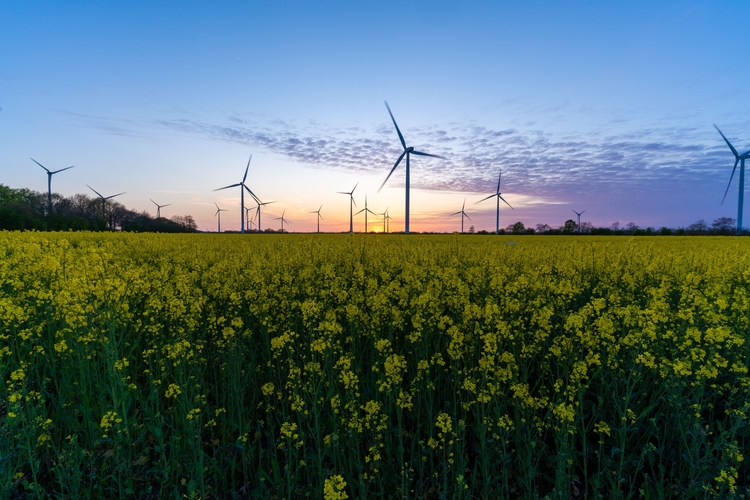

To avoid climate tipping points, we need to trigger positive tipping points towards zero-emission technologies and behaviours
By Tim Lenton
Lean back on a chair to the balance point and you’ll appreciate that sometimes a small change makes a big difference to a system. A nudge can trigger a self-propelling and hard-to-reverse transition into a very different state – sprawled on your back on the floor. That is a tipping point. Many systems can exhibit them, including the climate and our societies.
As the world warms, climate tipping points are among the biggest risks we face because they produce abrupt, irreversible and widespread damage. Already, warm- water coral reefs are being decimated by unprecedented bleaching events, affecting the livelihoods of hundreds of millions of people. The Greenland and West Antarctic ice sheets risk being tipped into irreversible collapse, committing the world to more than ten metres of long-term sea-level rise.
Enjoying this article? Check out our related reads:
Exceeding 1.5°C of global warming will put more systems at risk of tipping. Large parts of the Amazon rainforest could suffer dieback, affecting hundreds of millions of people and destroying biodiversity.
The Atlantic Meridional Overturning Circulation could collapse, plunging northwest Europe into glacial winters, disrupting the monsoons in West Africa and India, and radically reducing global food security. These risks increase with every 0.1°C of global warming.
To avoid triggering such irreversible damage, any overshoot of 1.5°C must be minimised. That requires a spectacular acceleration of climate action. We need to decarbonise the economy more than five times faster than we are now to have reasonable odds of limiting warming to well below 2°C. This sounds daunting. We face existential risks, and to avoid them requires extraordinary rates and scales of social and technological change.
But there are plausible grounds for hope. These lie in the evidence of positive tipping points, where changes to zero-emission behaviours and technologies have become self- propelling. For example, since 2012, Norway has tipped from buying petrol and diesel cars to electric vehicles (EVs), and the UK has abruptly shut down coal burning and replaced it with rapidly growing renewable power.

Tipping points happen when amplifying feedback within a system becomes strong enough to support self-propelling change. One amplifier is ‘social contagion’: the more of us who adopt something, the more others we can influence to adopt it.
With technologies, there are extra amplifiers of ‘increasing returns’: the more of us who adopt a new technology, the better it tends to get (as innovators improve it through learning-y-doing), the cheaper it tends to get (due to economies of scale), and the more other technologies emerge that make it more useful.
These amplifiers have made solar panels, wind turbines and batteries (including for EVs) spectacularly cheaper, better and more accessible. Solar and wind power have now reached a positive tipping point where they are the cheapest forms of electricity generation worldwide. Installed solar power is doubling every two to three years, and in many places, it now makes economic sense to shut down fossil-fuelled power stations and replace them with new renewables. The tipping point to EVs is also beginning to spread across car markets.
Of course, those who benefit most from the status quo are fighting back to try to stop positive tipping. Recent stalls in EV sales are one symptom of that. But once self-propelling change is underway, it’s inherently hard to stop.
Encouragingly, nearly all the activities currently responsible for greenhouse gas emissions have the potential to be positively tipped towards zero emissions. Like leaning back on a chair, it takes work to bring a system to a tipping point. Some sectors will need more effort than others. Electric trucks, for example, are further from a positive tipping point than electric cars.

Tipping to zero emissions therefore requires deliberate action from some of us. Policy has a critical role to play. Mandates to phase in clean technologies and phase out fossil-fuelled ones are particularly effective.
They activate the amplifiers of technology innovation that can bring a sector to a positive tipping point. But innovators, businesses and consumers all play a role and can reinforce each other’s actions.
The beauty of positive tipping points is that a minority can ultimately tip the majority, as amplification gets stronger the more who join in the change. Some of us need to join in triggering them, if we’re to avoid the worst from climate tipping points.




